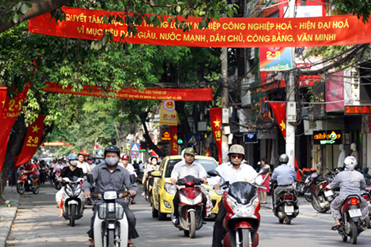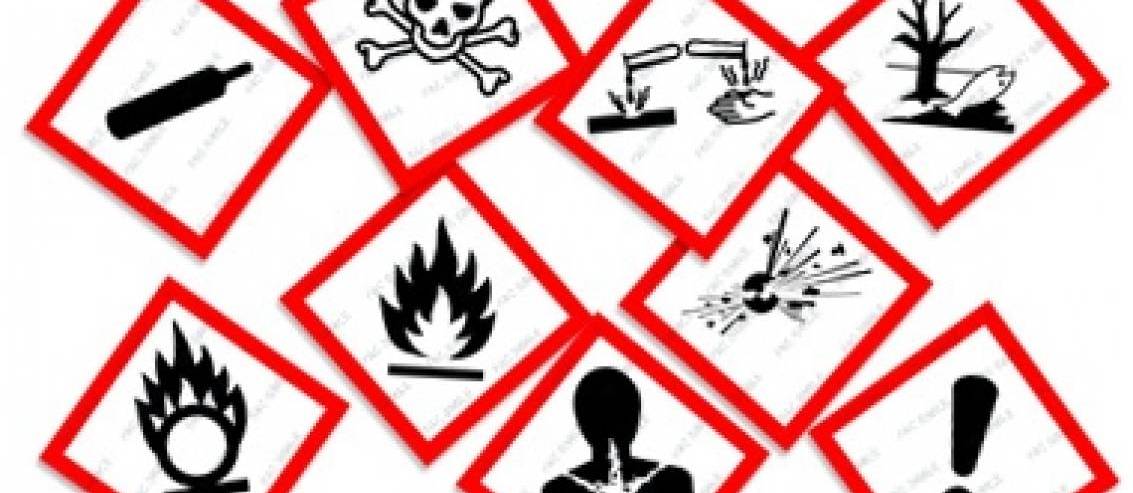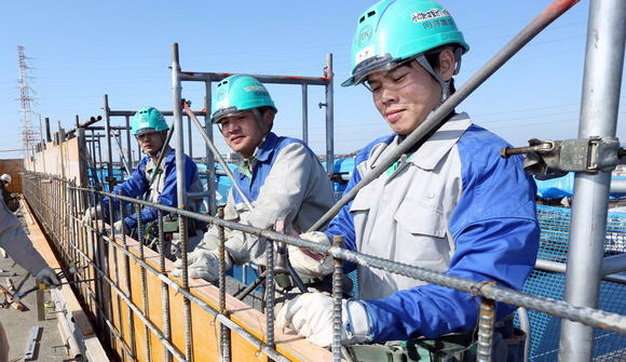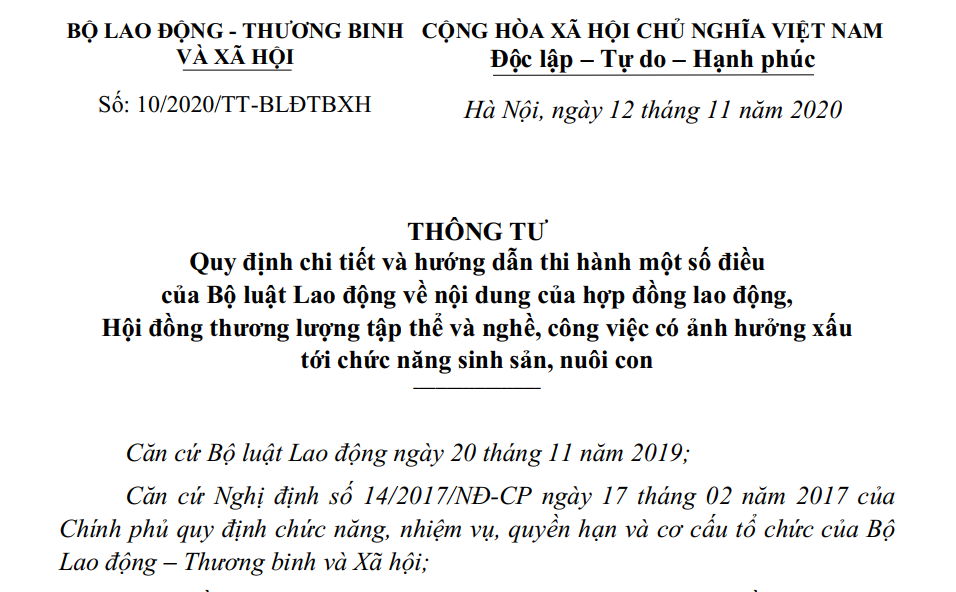Recently, the Ministry of Labor, War Invalids and Social Affairs of Vietnam has issued the Circular No. 10/2020/TT-BLĐTBXH elaborating and guiding certain articles of the Labor Code of Vietnam concerning employment contracts, collective bargaining council and jobs with hazards to reproductive function and children raising.

According to the Circular No. 10/2020/TT-BLĐTBXH of the Ministry of Labor, War Invalids and Social Affairs of Vietnam, the following jobs will adversely affect female employees' reproductive function and children raising while they are pregnant or raising children under 12 months of age:
1. The jobs in the working environment polluted by electromagnetic fields outside the exposure limits according to the national technical regulations and standards on occupational health (such as the jobs at the radio broadcasting stations; radio, television and radar stations, telecommunication satellite stations).
2. Direct exposure to (including production, transport, storage and use of) to chemicals that kill pests, grasses, termites, mice, mosquitoes, insects and other chemicals probably causing genetic modification and cancer below:
2.1. 1,4-Butanediol, dimetansunfonat;
2.2.2-Naphthylamine;
2.3. 2,3,7,8- Tetrachlorodibenzofuran;
2.4. 3- Alfaphenyl - betaacethylethyl;
2.5. 4- Amino, 10 - Methyl fluoric acid;
2.6. 4- Aminnobiphenyl;
2.7. 5- Fluoro-uracil;
2.8. Forms of asbestos: amosite, chrysotile, crocidolite;
2.9. Arsenic, calcium arsenate;
2.10. Acetyl salicylic acid;
2.11. Asparagine;
2.12. Benomyl;
2.13. Benzene;
2.14. Boric acid;
2.15. Insoluble chromate salts;
2.16. Caffeine;
2.17. Lead, lead acetate, lead nitrate (in contact with leaded chemicals such as gasoline, paint, printing ink; manufacture of accumulators, soldering with lead);
2.18. Dimethyl sulfoxide;
2.19. Direct blue-1;
2.20. Dioxin;
2.21. Diethystilboestrol;
2.22. Dichloromethyl ether;
2.23. Formamide;
2.24. Hydrocortisone, Hydrocortisone acetate;
2.25. Iodine (metal);
2.26. Potassium bromide, potassium iodide;
2.27. Nebulized vinazol;
2.28. Mercapto - purines;
2.29. N, N-di (Chloroethyl) 2- Naphthylamine;
2.30. Sodium arsenate, sodium arsenite, sodium iodide, sodium salixylate;
2.31. Coal tar, coal tar evaporation part;
2.32. Nitrogen pentoxide;
2.33. Mercury, methyl mercury compounds, methyl mercury chloride;
2.34. Propylthiouracil (PTU);
2.35. Tetramethyl thiuram disulfide;
2.36. Triamcinolone acetonide;
2.37. Thorium dioxide;
2.38. Theosunfan;
2.39. Triton WR - 1339;
2.40. Trypan blue;
2.41. Ribavirin;
2.42. Valproic acid;
2.43. Vincristine sulfate;
2.44. Vinyl chloride, vinyl chloride;
2.45. Cyclophosphamide.
2.46. Sulfuric acid (H2SO4);
2.47. Arsenic and arsenic compounds (As);
2.48. Arsin (AsH3);
2.49. Cadmium and compounds (Cd, CdO);
2.50. Chromium (water soluble) (Cr6 +);
2.51. Chromium trioxide (CrO3);
2.52. Ethanol (CH3CH2OH);
2.53. Formaldehyde (HCHO);
2.54. Vinyl chloride (C2H3Cl).
3. Direct exposure to chemicals that adversely affect the fetus and breast milk, including:
3.1. 1,1- Dichloro - 2,2-di (4-chlorophenyl) ethane;
3.2. 1,3-Dimethyl - 2,6 dihydroxypurine;
3.3. 2- Sunfamilamidotazol;
3.4. 4.4 - DDE;
3.5. Andrin;
3.6. Antimony;
3.7. Betaquinine;
3.8. Lithium-containing compounds;
3.9. Canxiferol;
3.10. Chloralhydrate;
3.11. Decachlorobiphenyl;
3.12. Potassium penicillin G;
3.13. Quinidine gluconate;
3.14. Strontium (Sr) peroxide;
3.15. Sunfadiazine, sulfatpiridine, sodium sulfatmetazin, sulfanilamid, sulfamerazin, acethyl sulfisoxazole;
3.16. Cesium and cesium salts (Ce);
3.17. Cyclosporine.
4. Direct exposure to organic solvents such as: impregnating sleepers, spreading photo paper emulsions, pattern printing on thin films, printing labels on laminate paper, laminating phenol resin, operating the phenol polyglue pot.
5. Rubber production: raw materials, weighing, and sieving chemicals, working in rubber incinerators.
6. Repairing furnaces, barrels, steel pipes sealed in chemical production.
7. Working in tobacco, pipe tobacco fermentation furnaces, and cigarette drying furnaces.
8. Burning gas glass furnace, blowing glass by mouth.
9. Soak skin, salt skin, loading and unloading raw skin.
10. Rinse paraffin in the wine tank.
11. Painting, welding and scraping rust in beer yeast cellars, in closed tanks.
12. Bottling milk in the closed room.
13. Demolition of moulds.
14. Processing of feathers in open conditions.
15. Cleaning boilers, gas pipes.
16. Crushing, aggregating ores or doing jobs in dusty conditions containing 10% or more silicon dioxide.
17. Lead mineral selection; rolling, pulling and stamping lead products, and lead-plated products.
18. Spinning filter presses in the factory.
19. Operating generators and generators of 10KVA or more.
20. Operating twisting machine, spraying machine.
21. Driving agricultural tractors (regardless of power type).
22. Driving construction machines (regardless of power type).
23. Driving cars with a load of less than 2.5 tonnes (except for powered drivers); driving electric vehicles, means of transport on the spot; driving cranes on the spot.
24. Vulcanizing, forming, loading and unloading large rubber products, including fuel tanks, and automobile tires.
25. Carrying a load weighing more than 20 kg.
26. Directly participating in activities to investigate, verify, and handle an outbreak in the field where a suspected or confirmed case of infectious disease is located.
27. Scooping, drying, transporting rotten fish or working in the production line of fish meal for livestock.
28. Shoveling and shoveling fishery and marine ponds.
29. Direct exposure to dyestuff chemicals in dyeing factories such as: warehouse keeper, chemical warehouse assistant; chemical preparation of dyes.
30. Packing cement bags with a semi-automatic 4-hose machine.
31. Installation and repair of VSAT station (very-small-aperture terminal) in remote, highland, border areas and islands.
32. The jobs require immersion in dirty water.
33. Working in an oxygen-deficient environment; in workshops where the air temperature is 40 ° C or higher in the summer and 32 ° C or higher in the winter.
34. Working in the working environment with vibration higher than the permissible limit according to the national technical standards and regulations on occupational hygiene; using machines and equipment with full body vibration and local vibration higher than the permissible limit according to national technical standards and regulations on occupational hygiene.
35. The jobs with restricted working posture, in a narrow space, sometimes it is necessary to lie down, bow, and stoop.
36. Delivering, receiving, preserving, operating pumps and measuring petrol and oil in caverns; delivering and receiving petrol and oil at sea.
37. Operating lead foil cooking and casting equipment in battery production.
38. Operating gold phosphorus production and packing equipment.
Note: For jobs in the above list, the employer shall:
- Make public the jobs with hazards to reproductive function and children raising in the workplace to the employees;
- Keep the employees well-informed of hazards and prevention and control measures against the dangerous or harmful factors of the jobs with hazards to reproductive function and children raising for them to choose and make a decision; for employees who choose to do these jobs, give them check-ups before doing the jobs, give them routine check-ups and occupational disease check-ups and ensure safety conditions and labor hygiene as per the law.
Not only employers, employees also have the following responsibilities:
- Acquire an appropriate understanding of the jobs with hazards to reproductive function and children raising; and then consider entering into, amending or performing the employment contract as prescribed;
- Comply with regulations of law on safety, labor hygiene while doing the jobs with hazards to reproductive function and children raising under the employment contract.
Thuy Tram
- Key word:
- Circular No. 10/2020/TT-BLĐTBXH
 Article table of contents
Article table of contents










.Medium.png)
.Medium.png)
.Medium.png)
.Medium.png)
